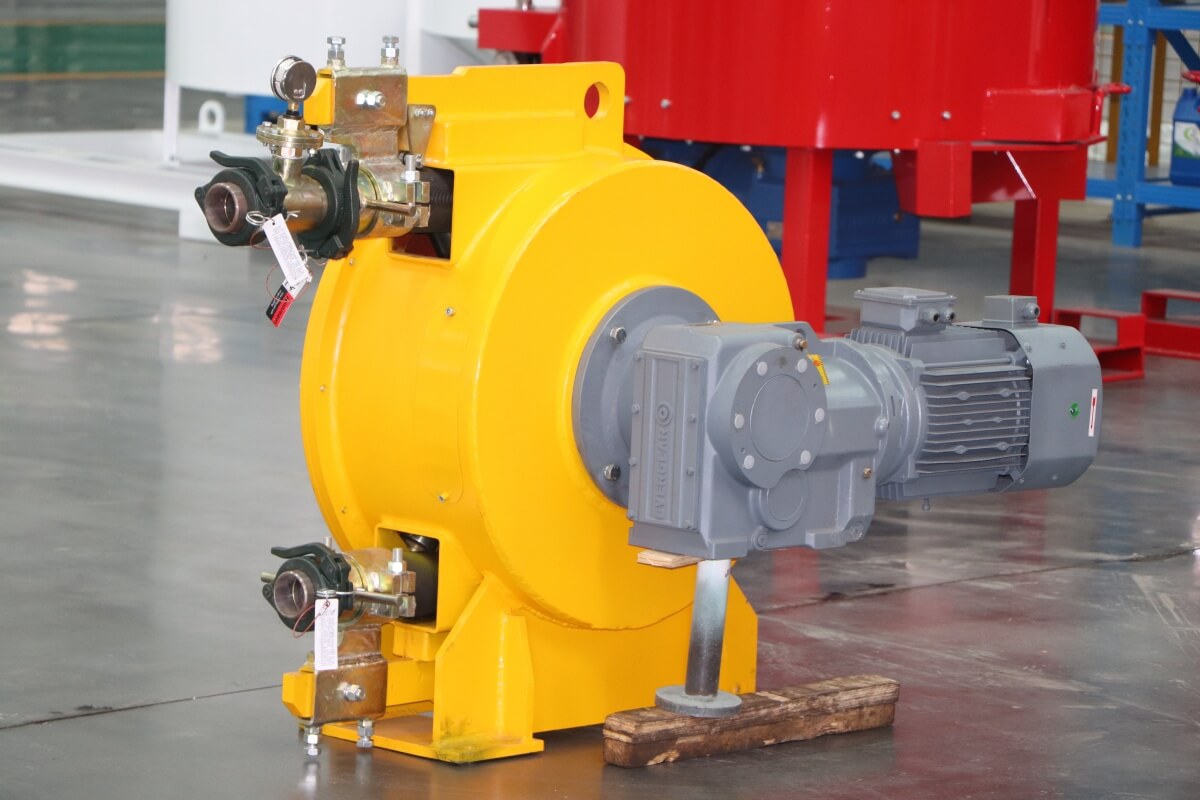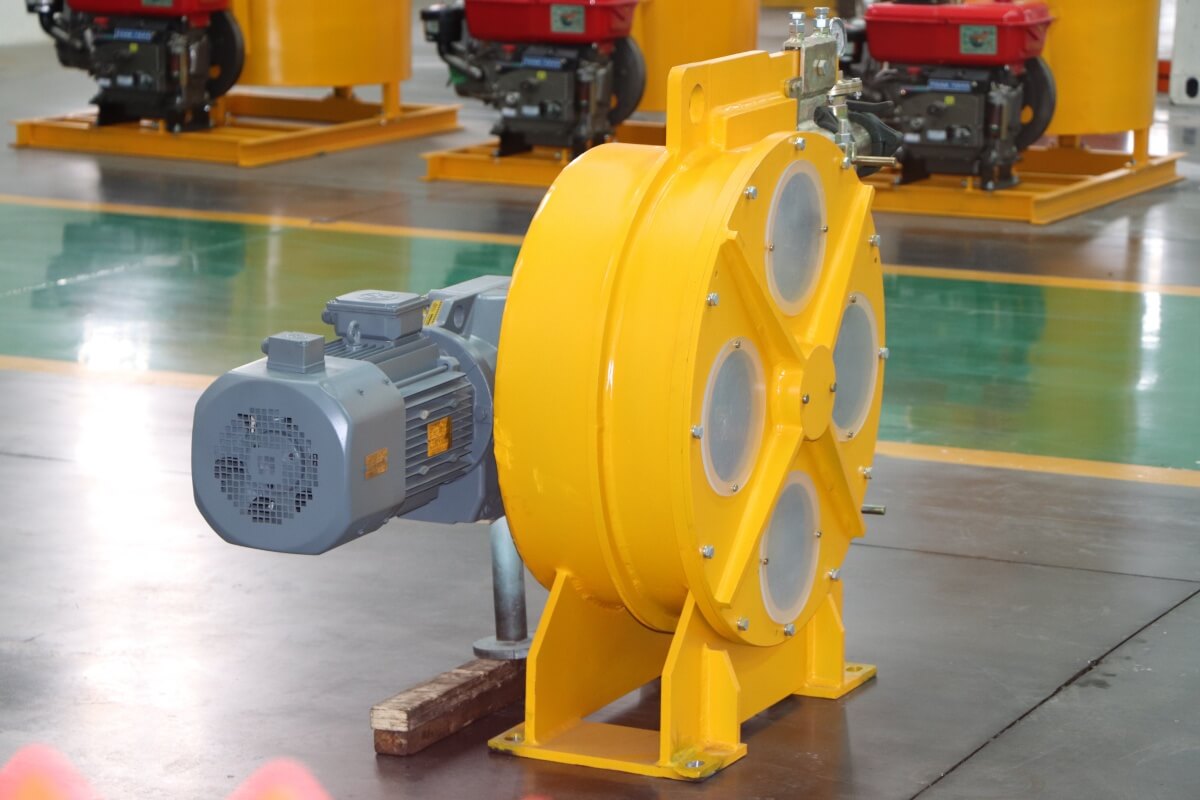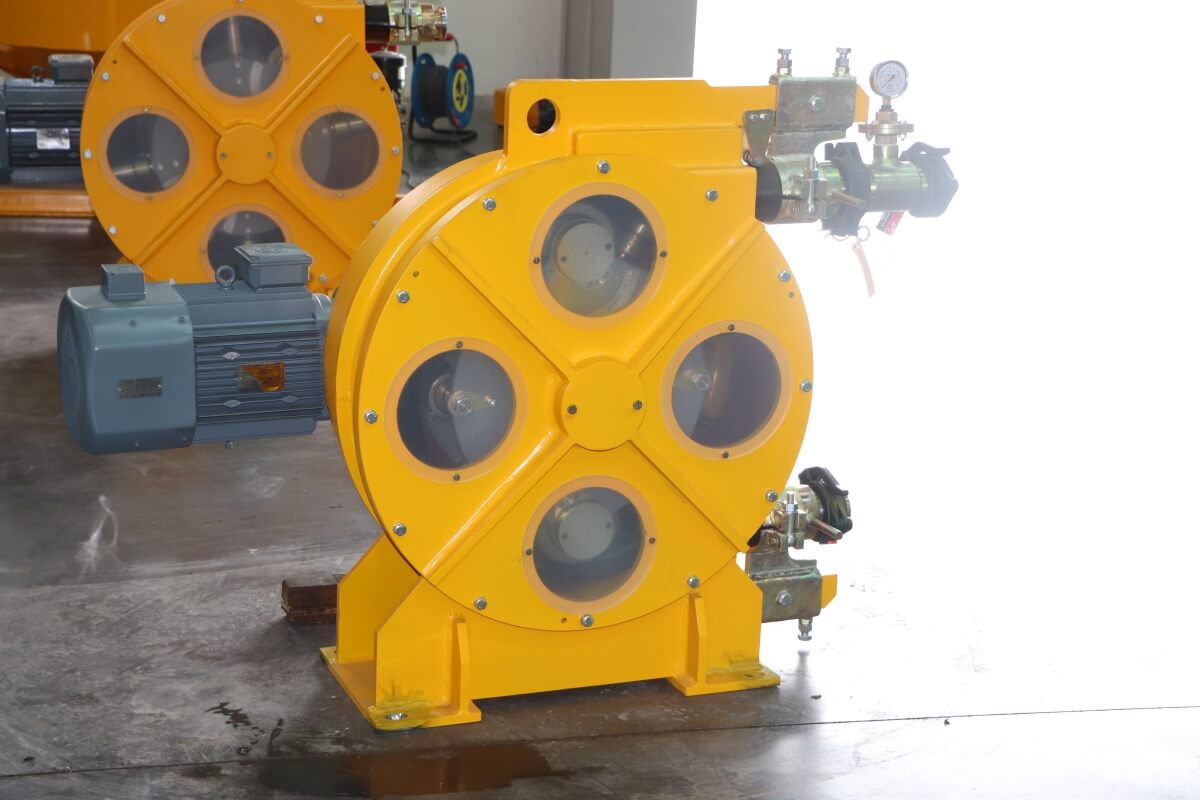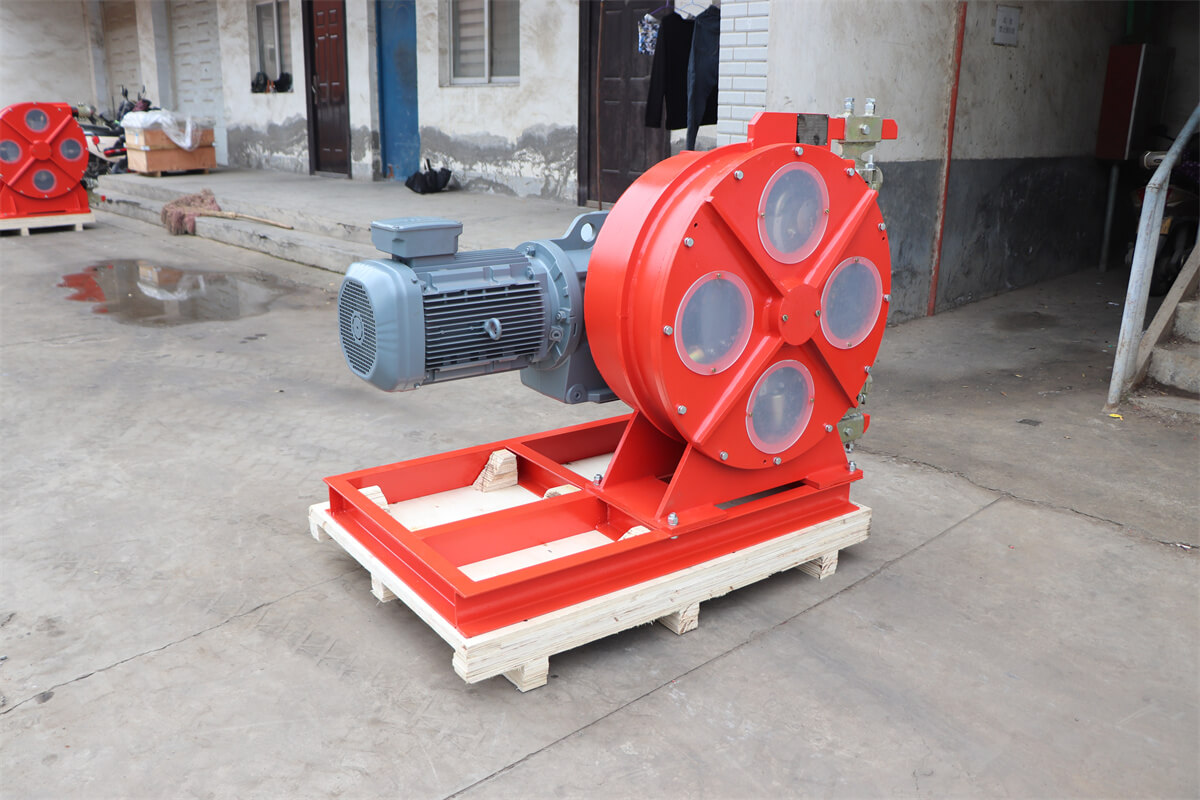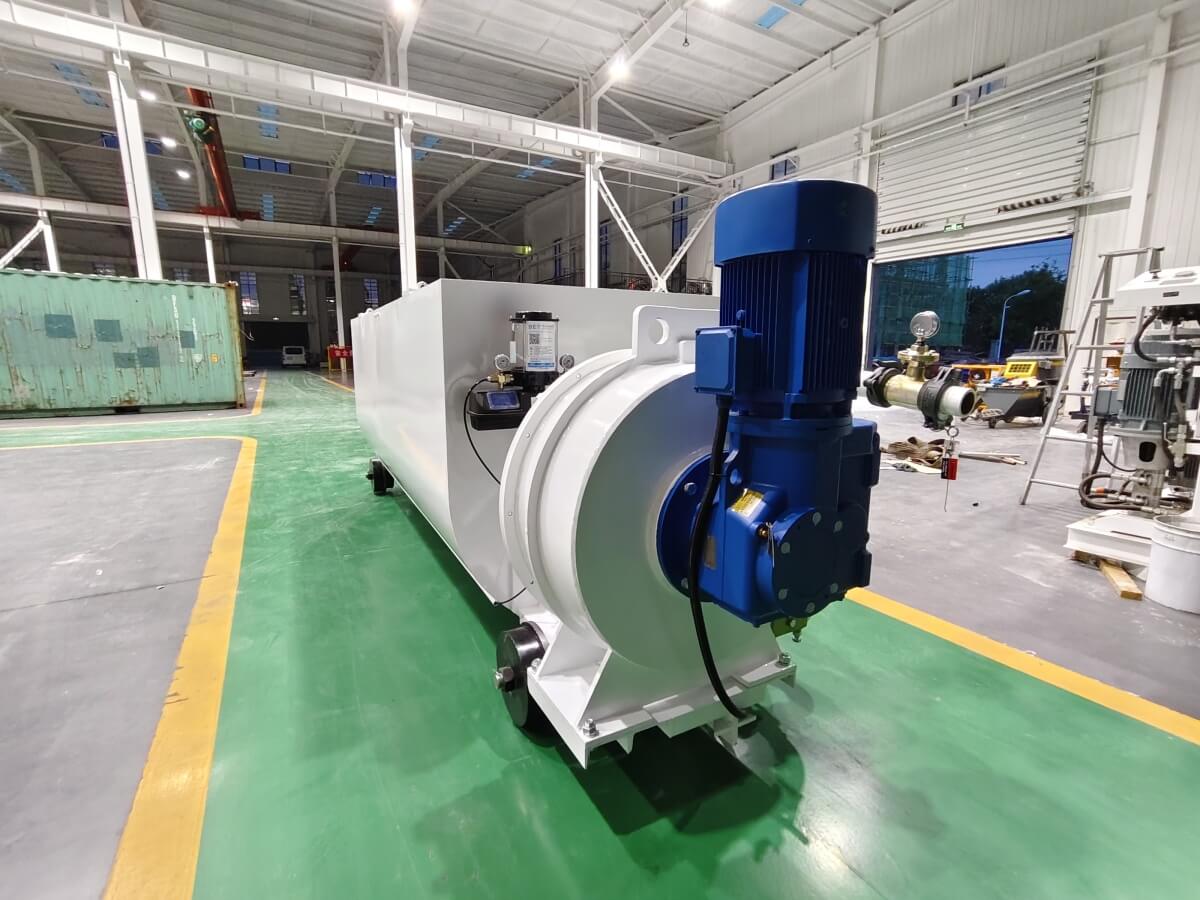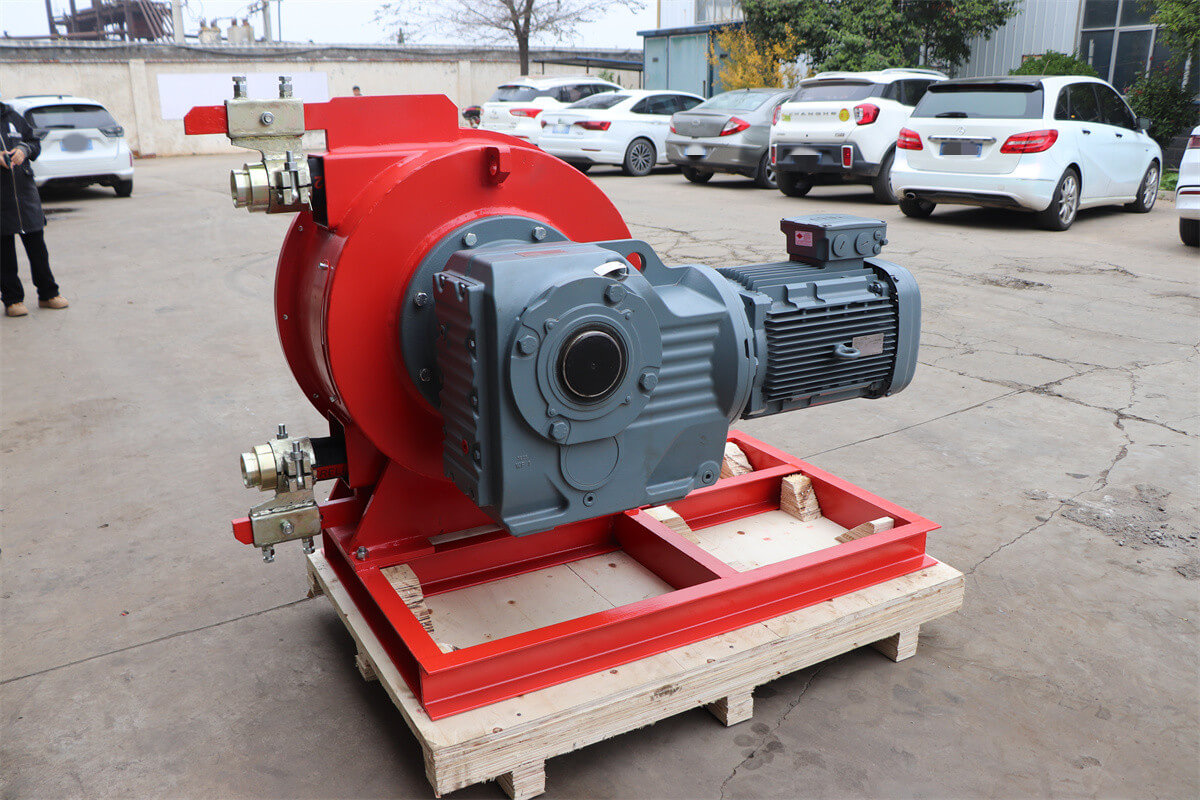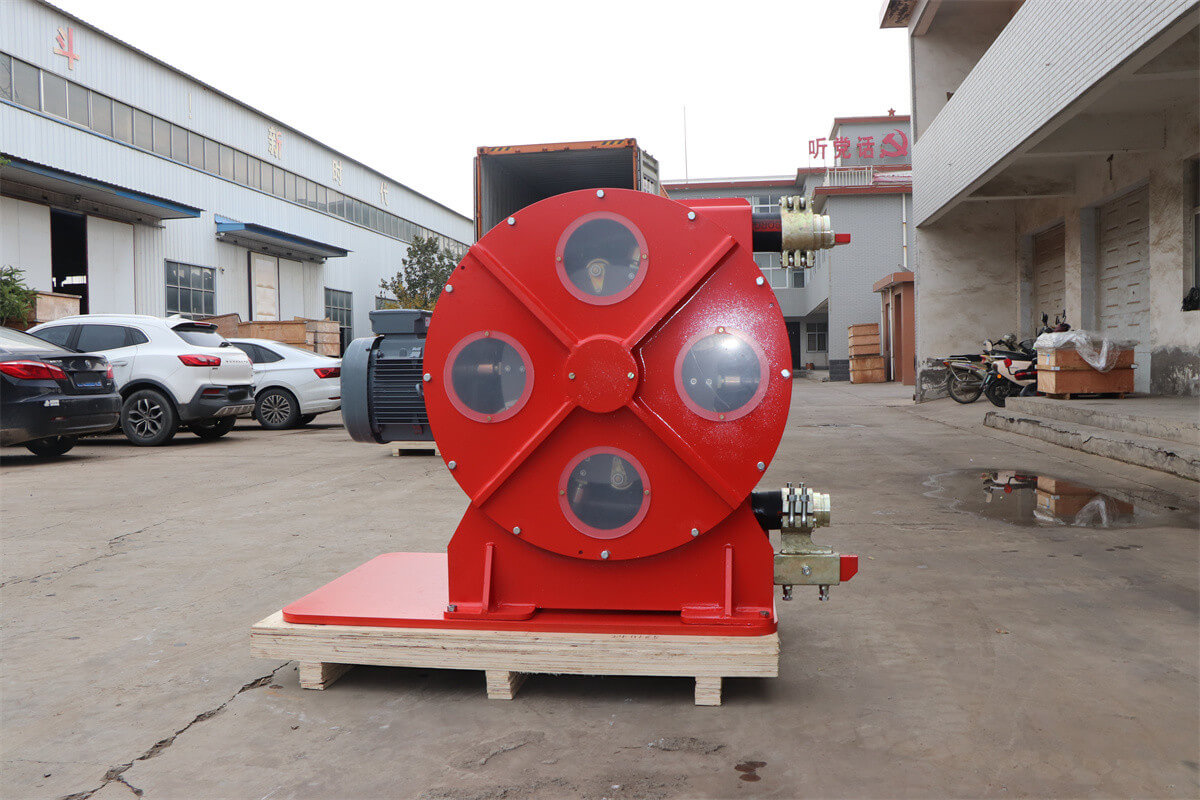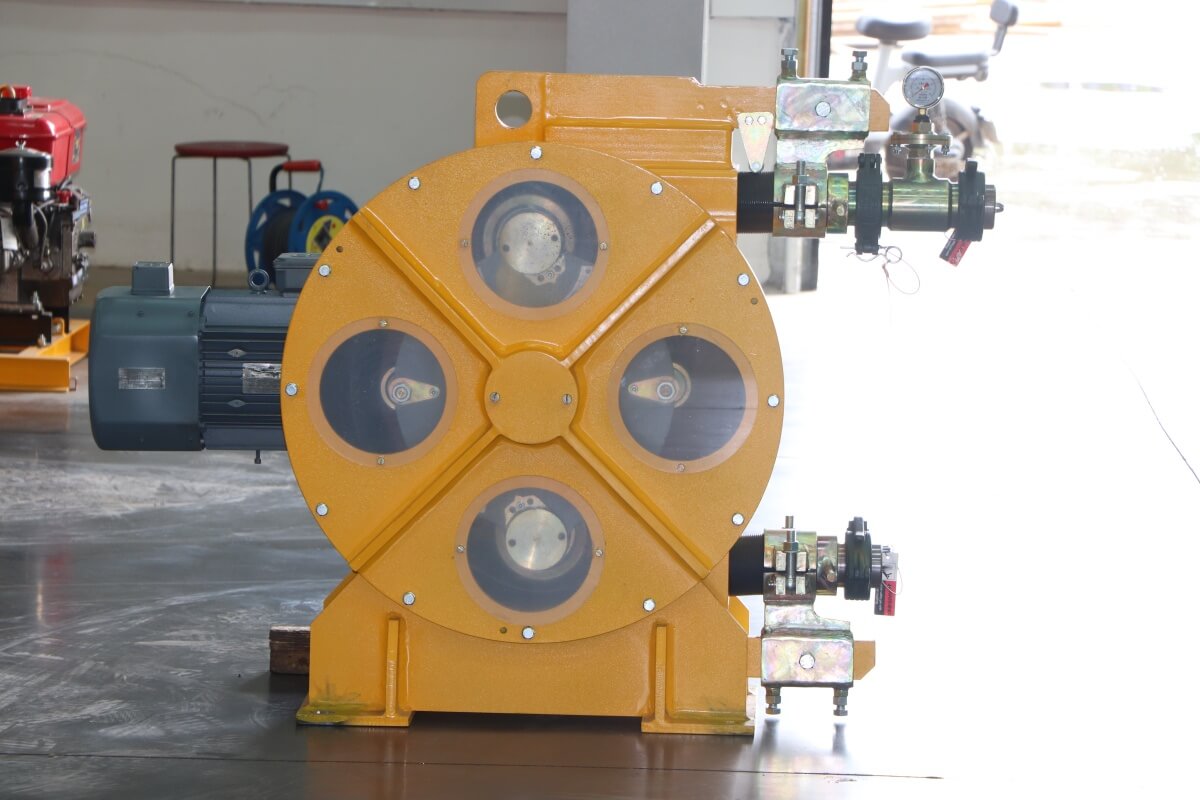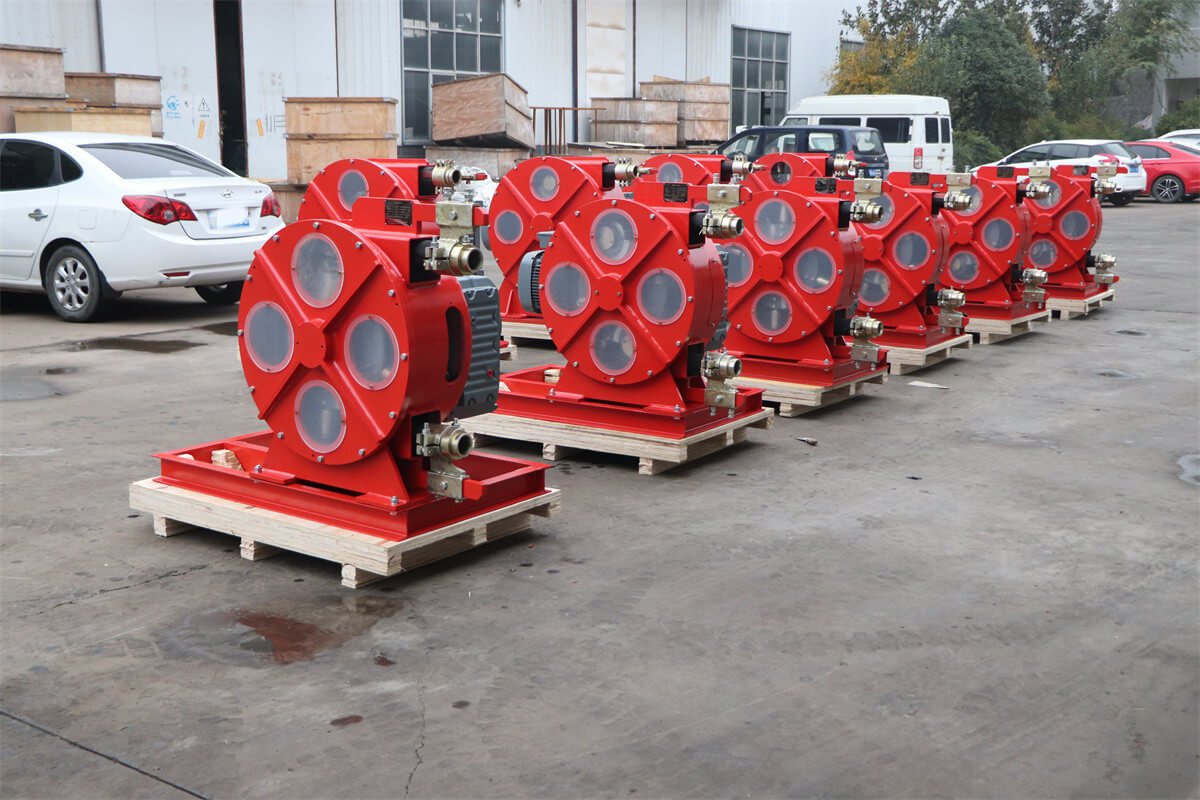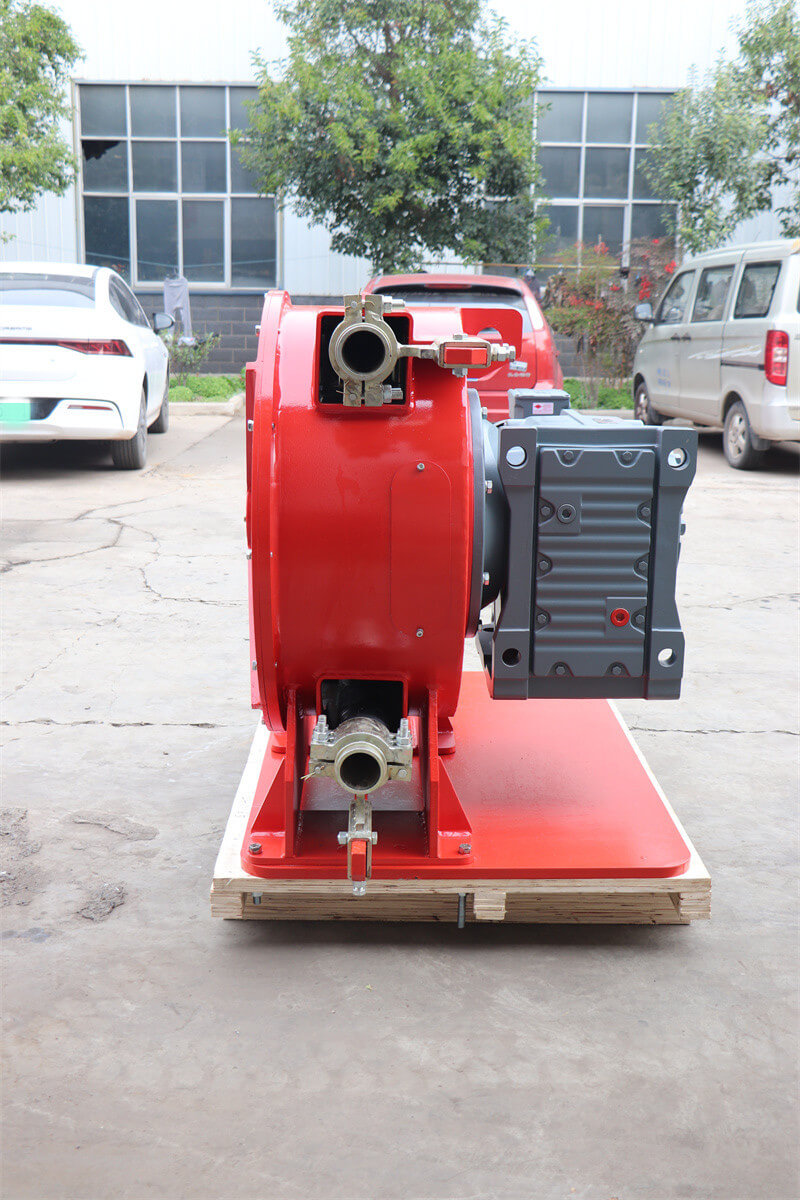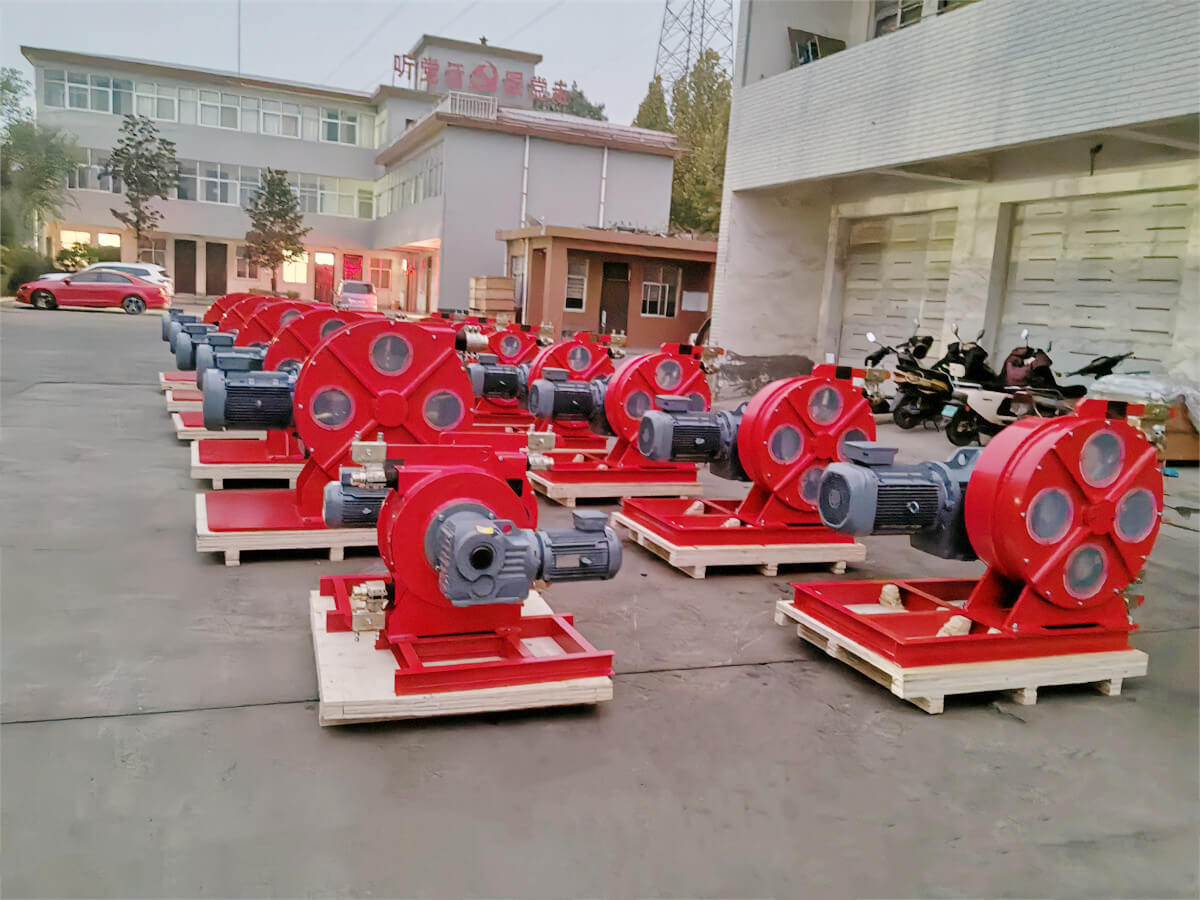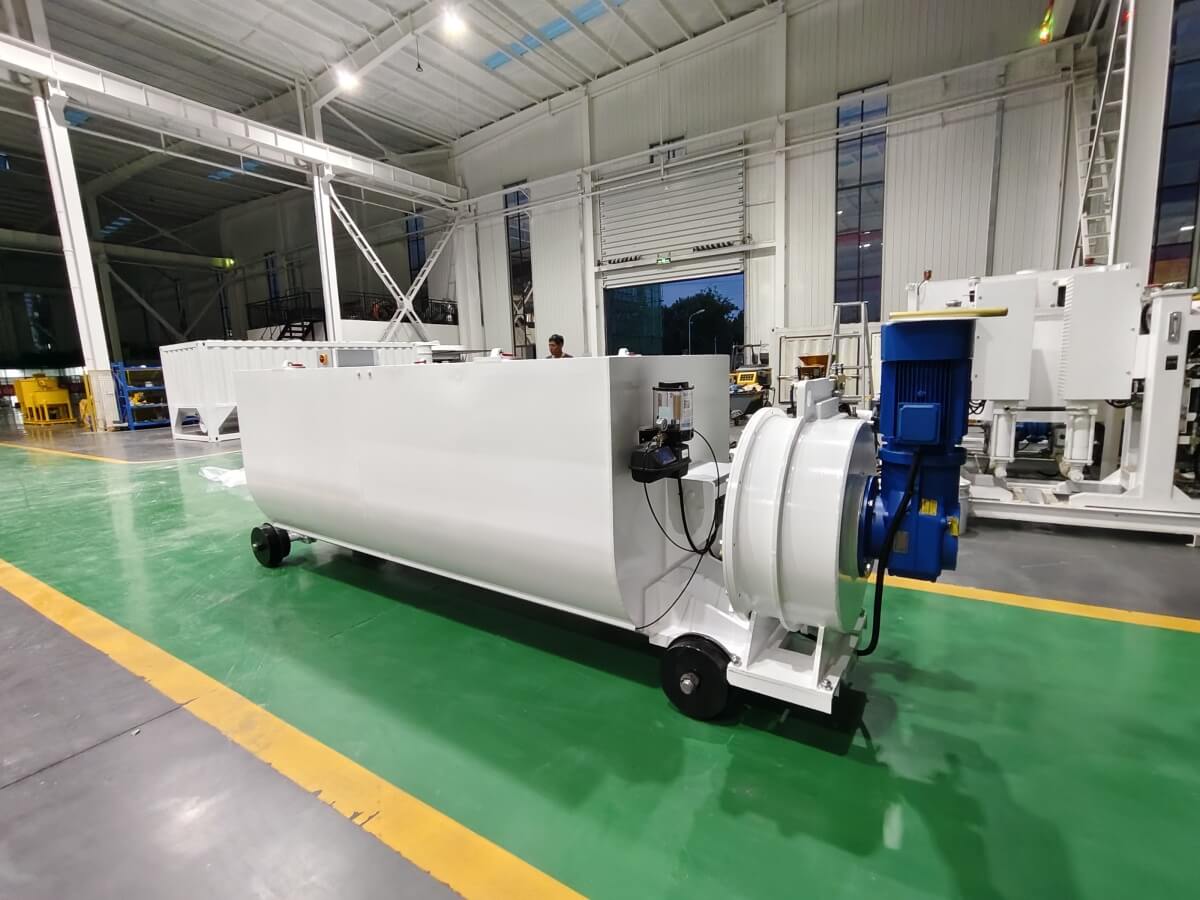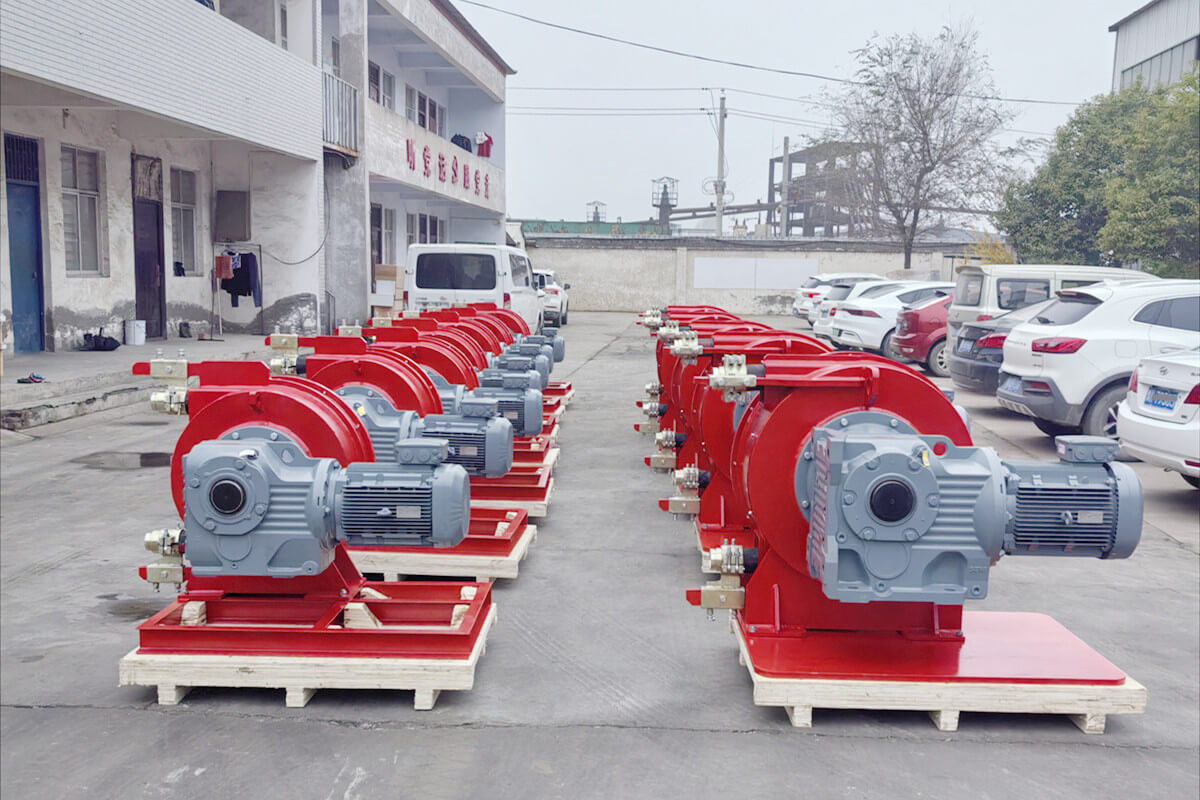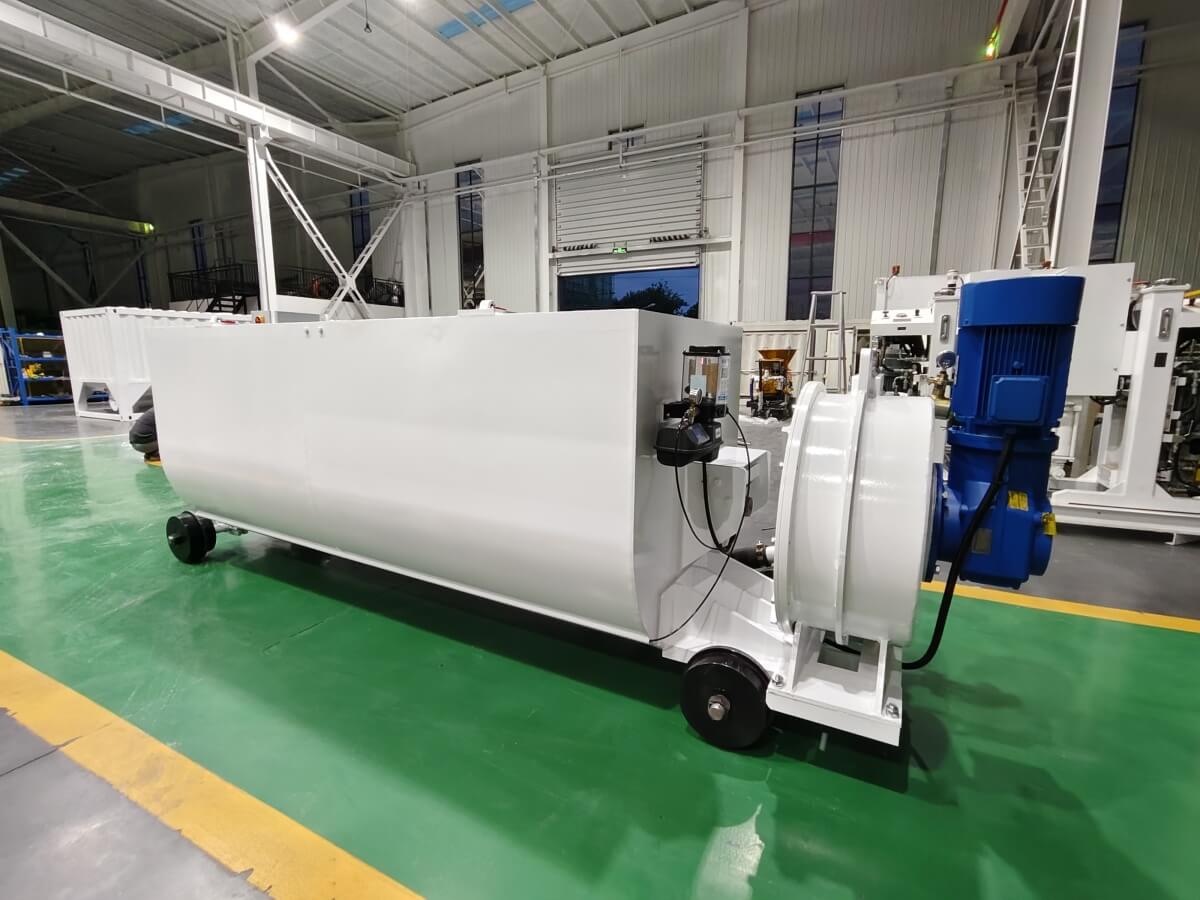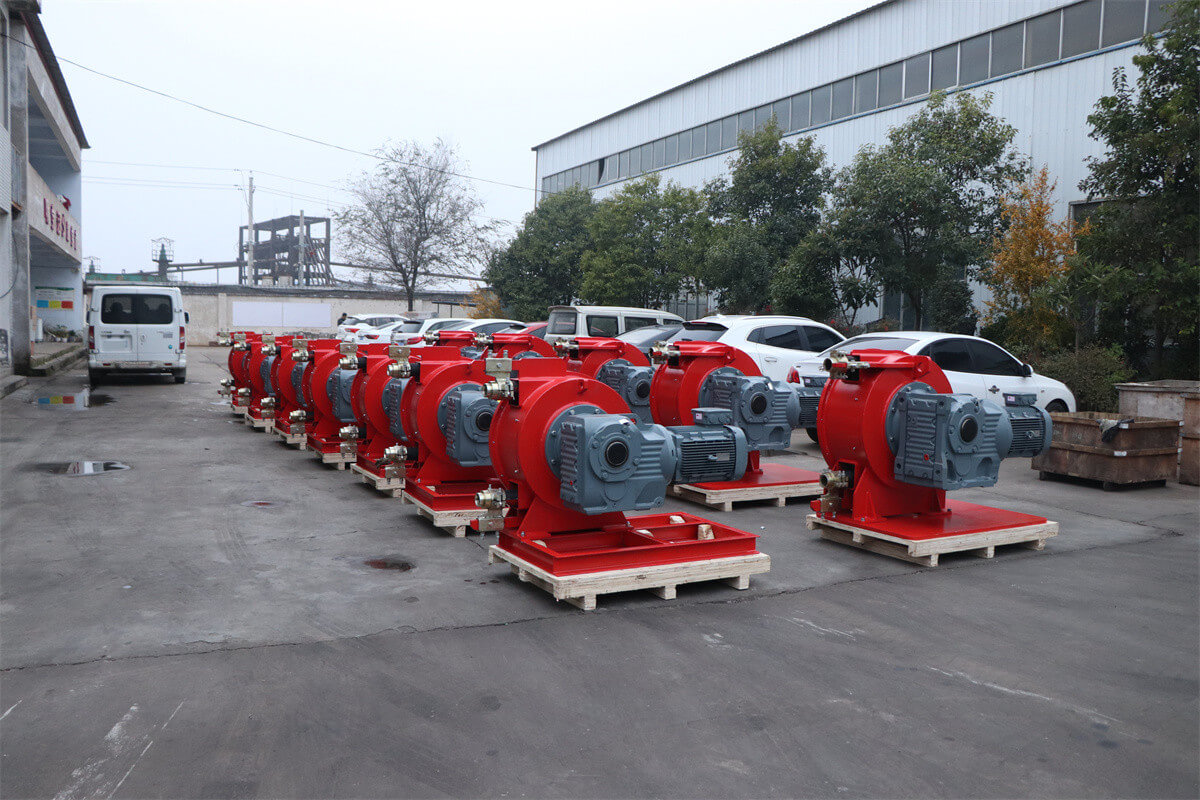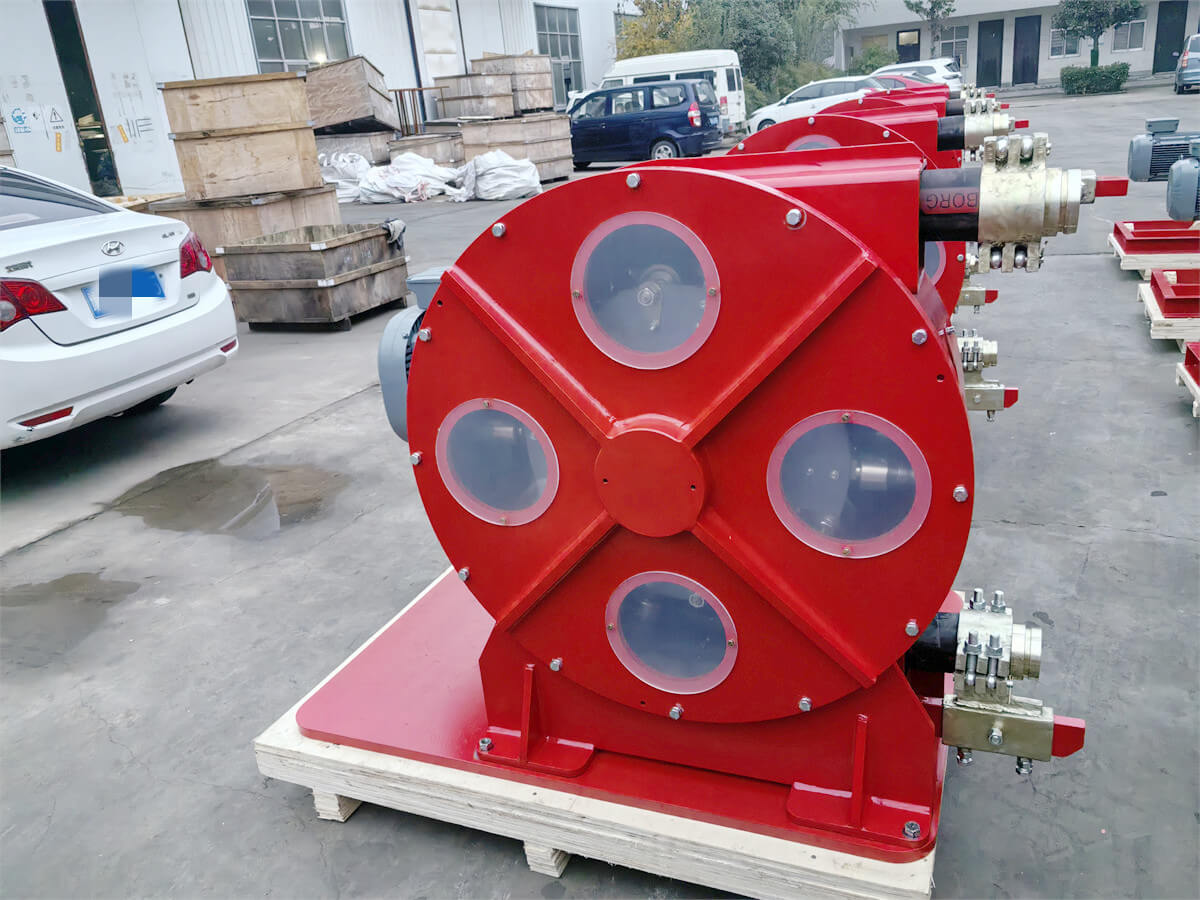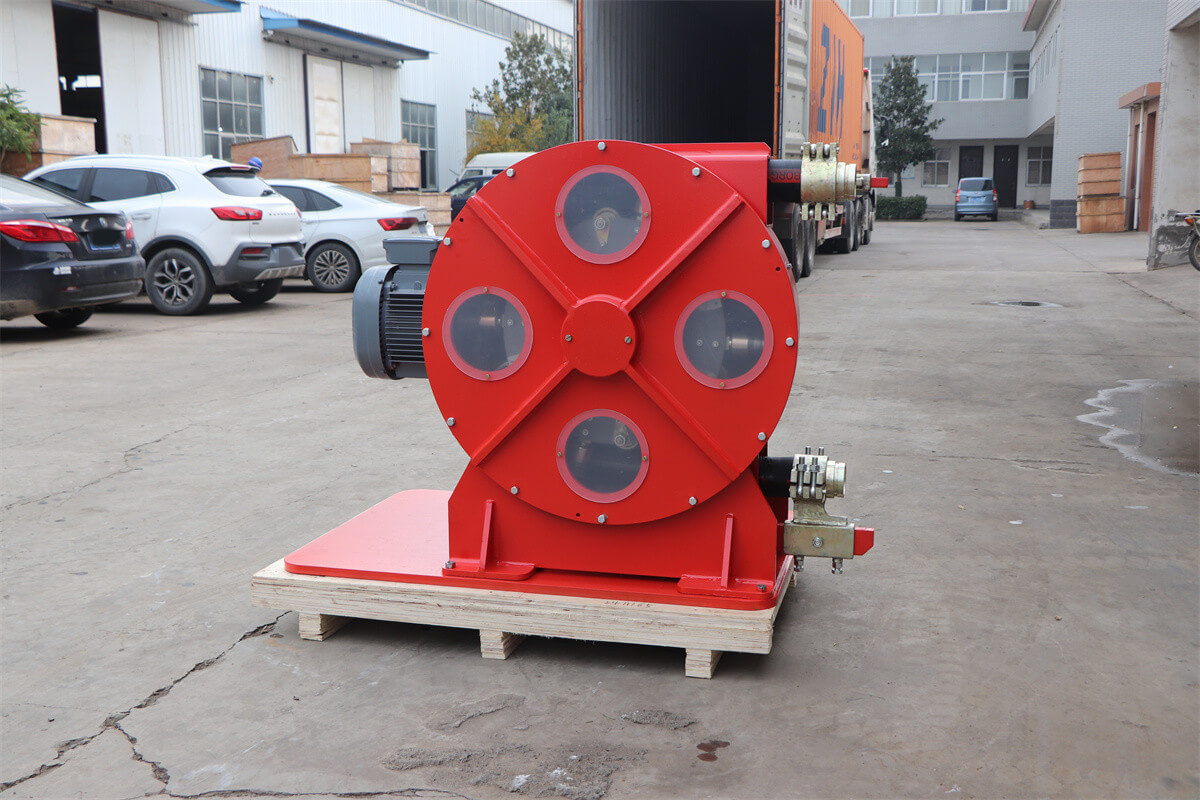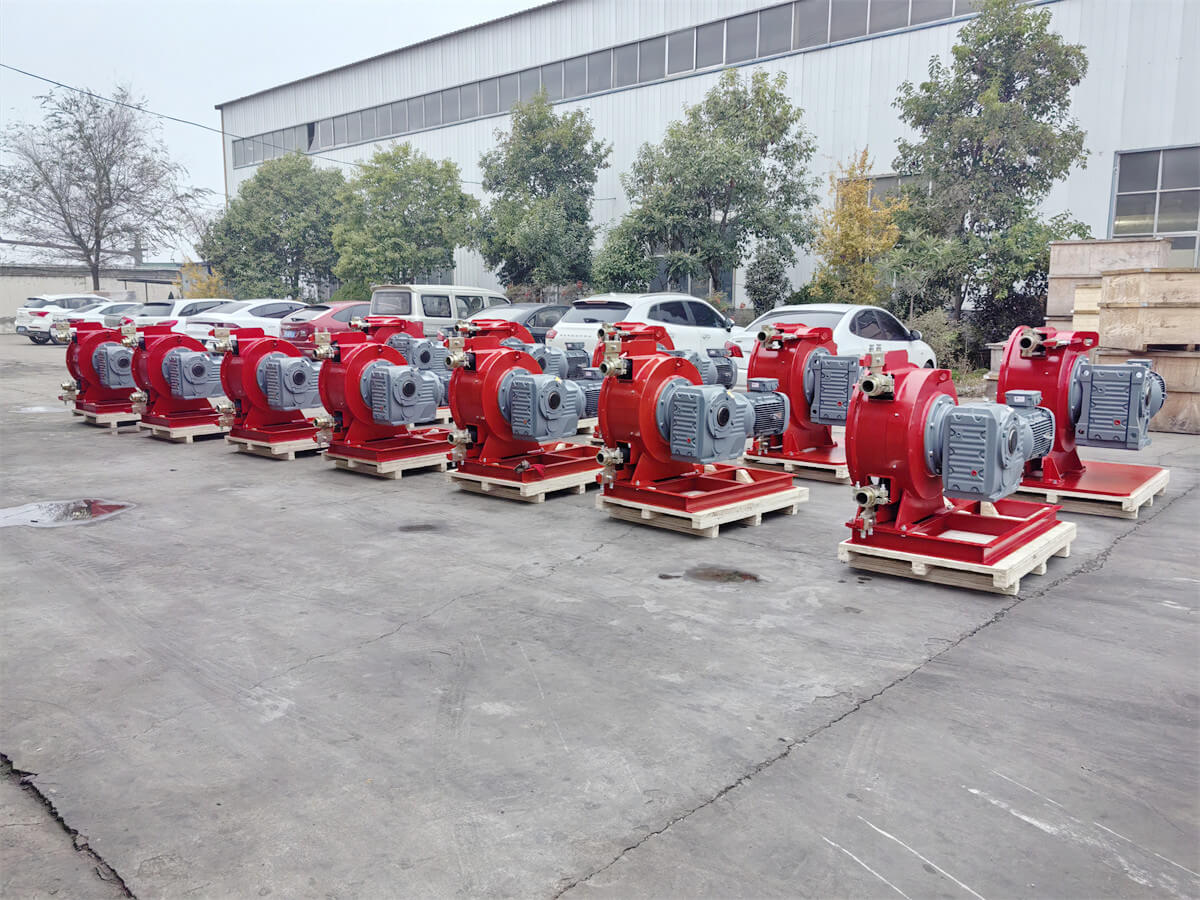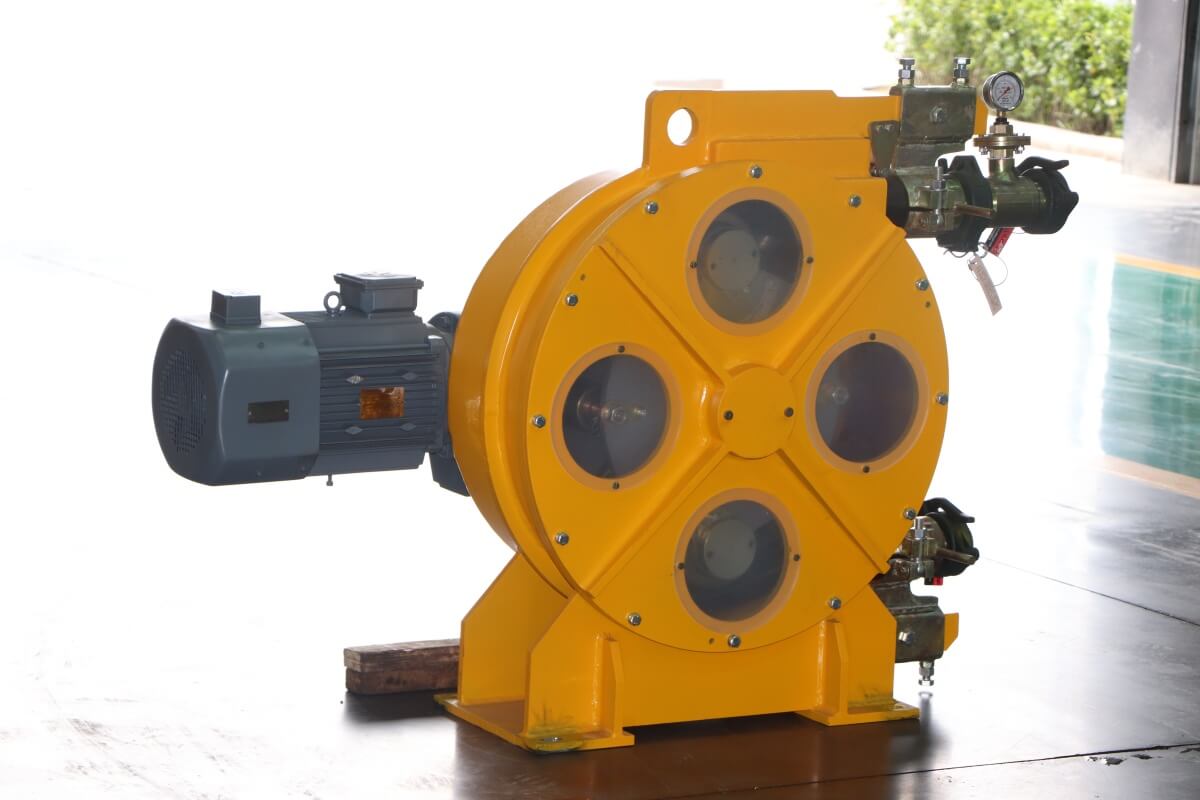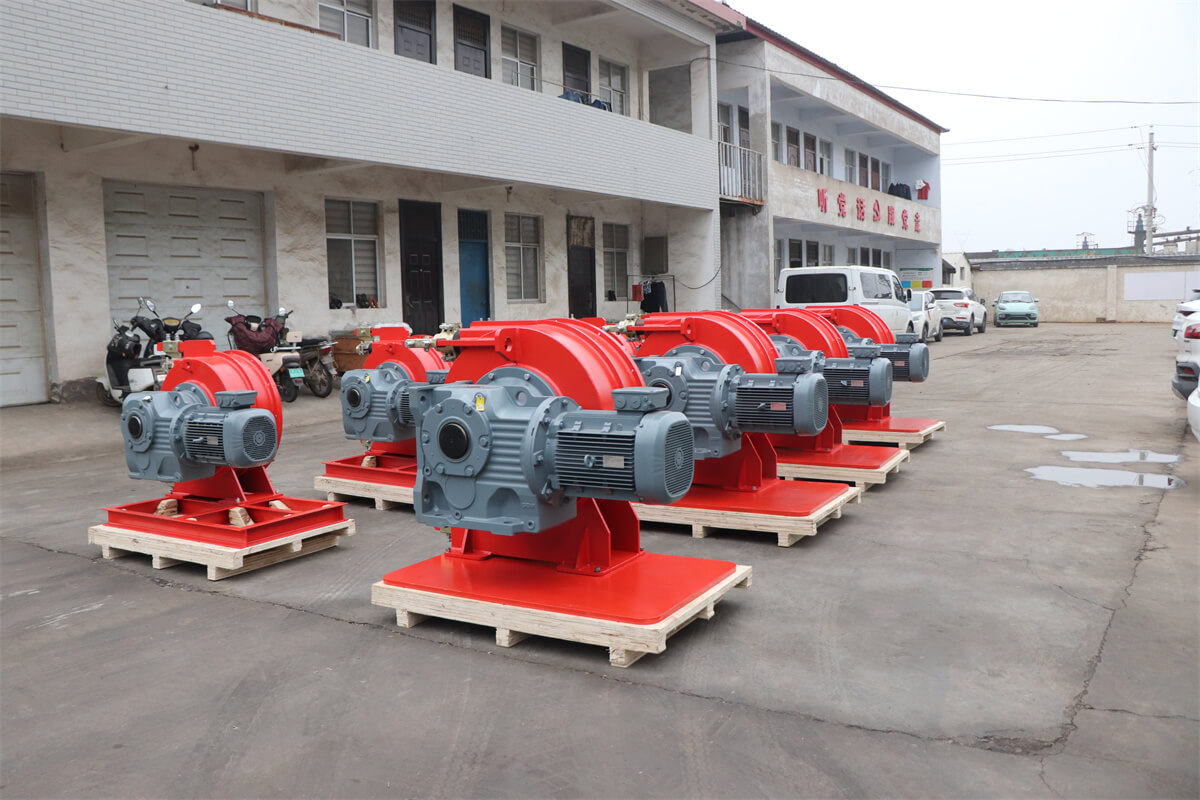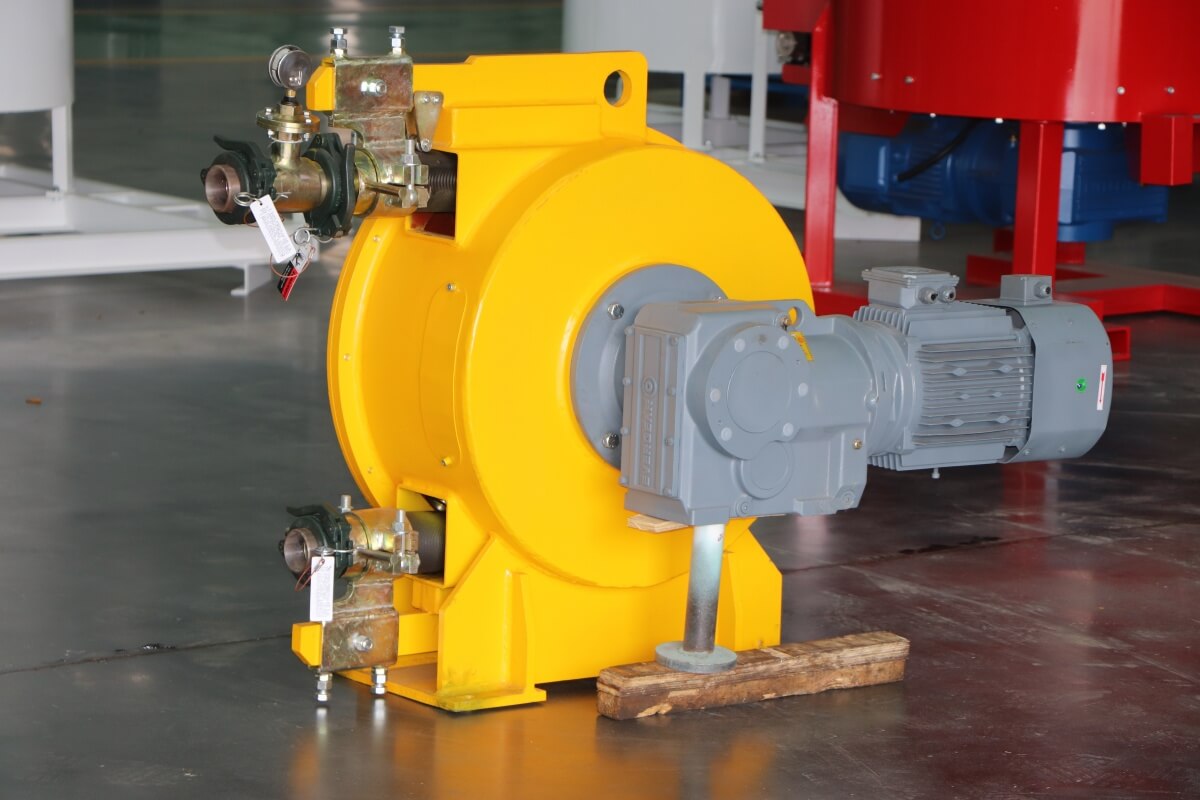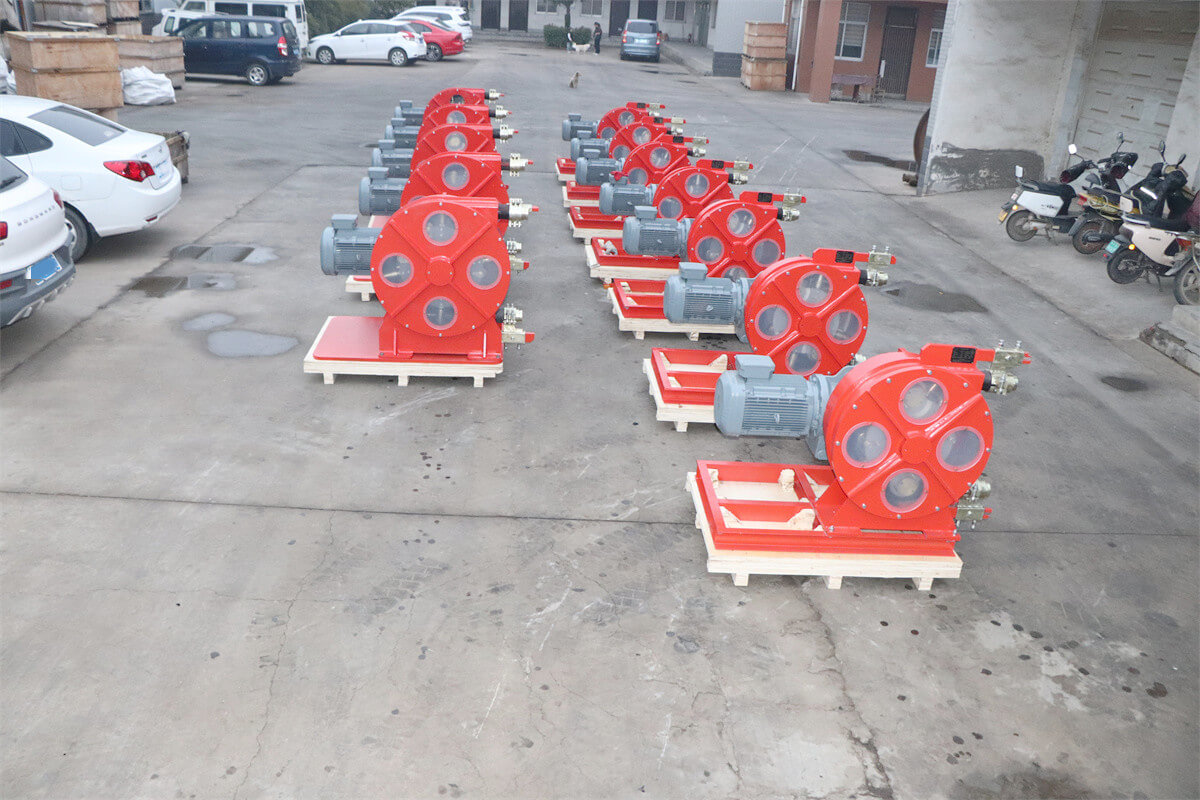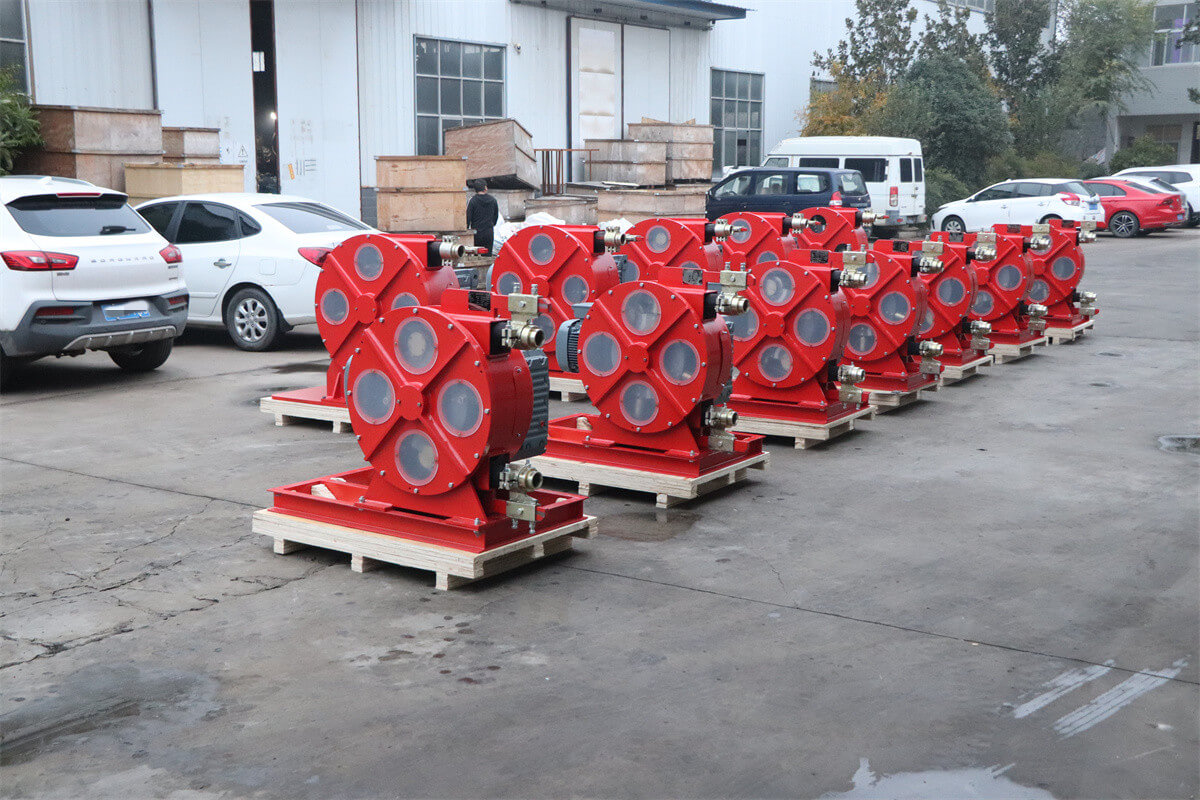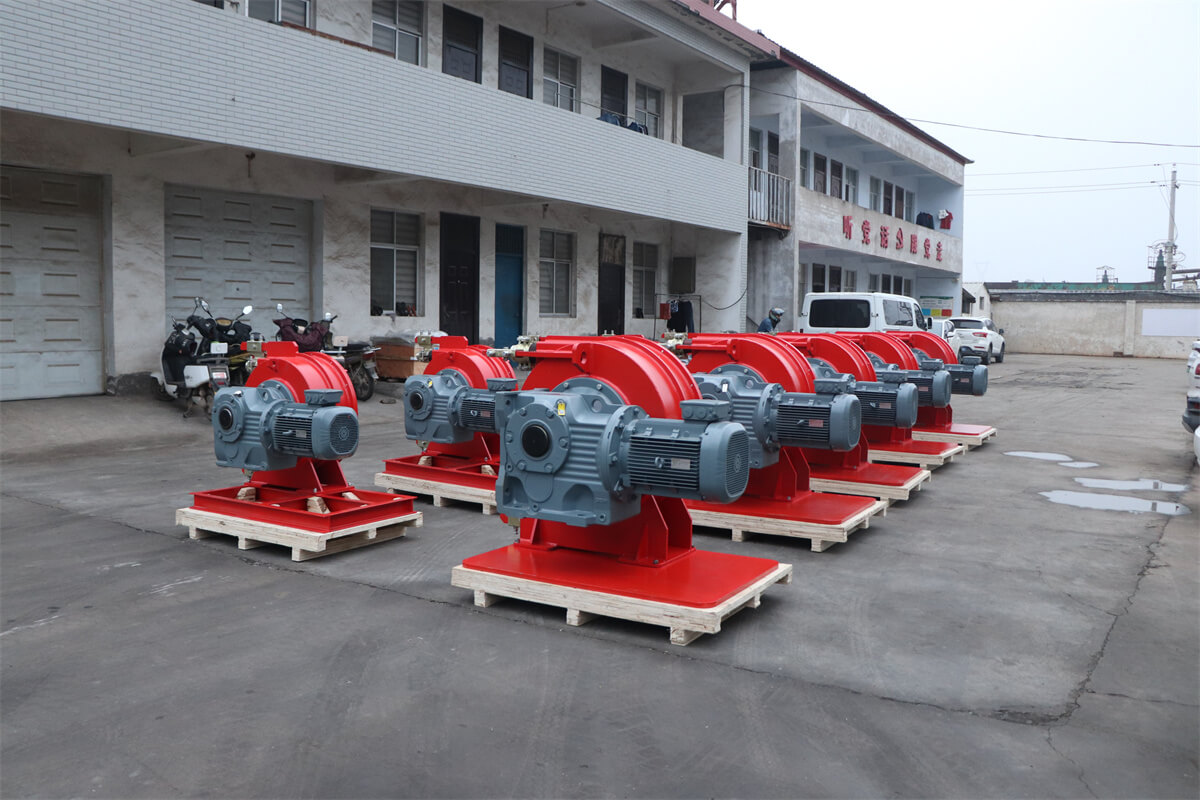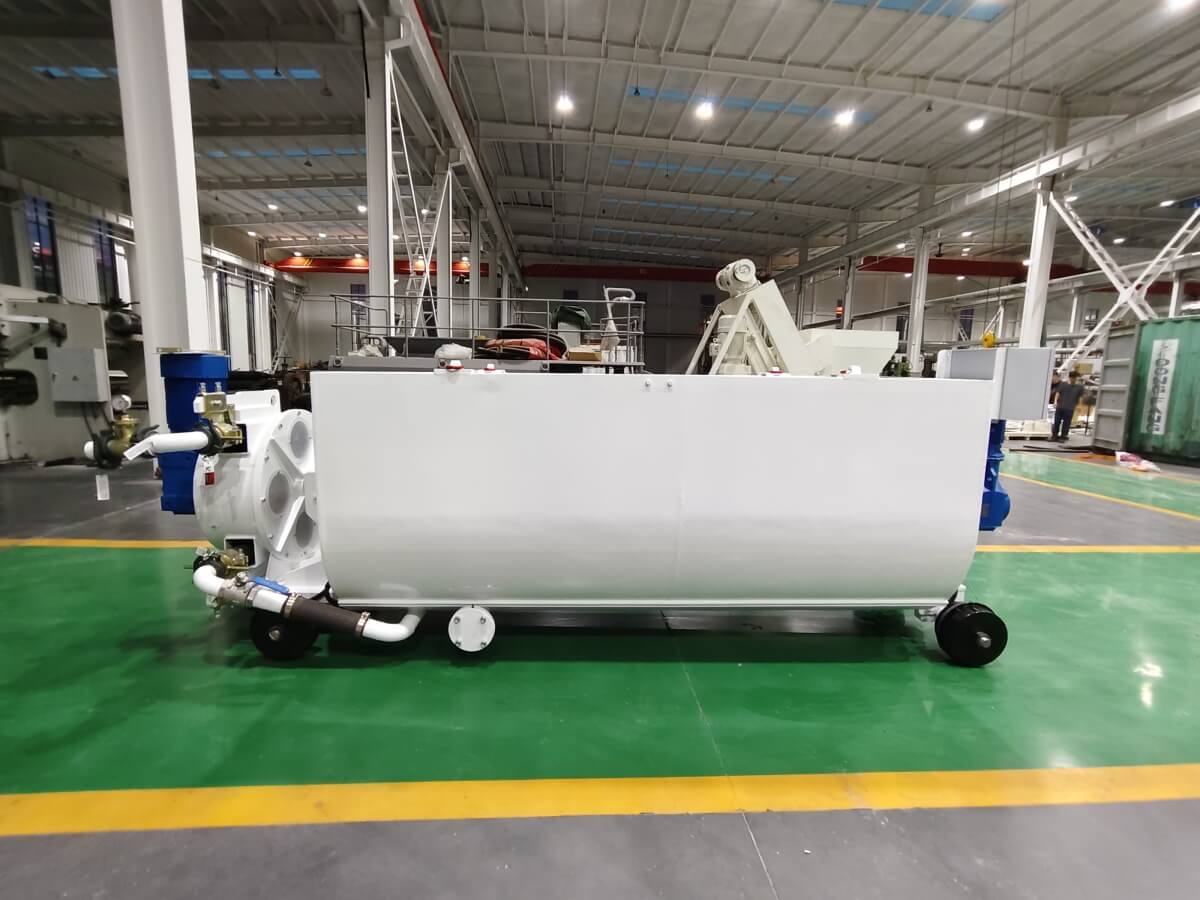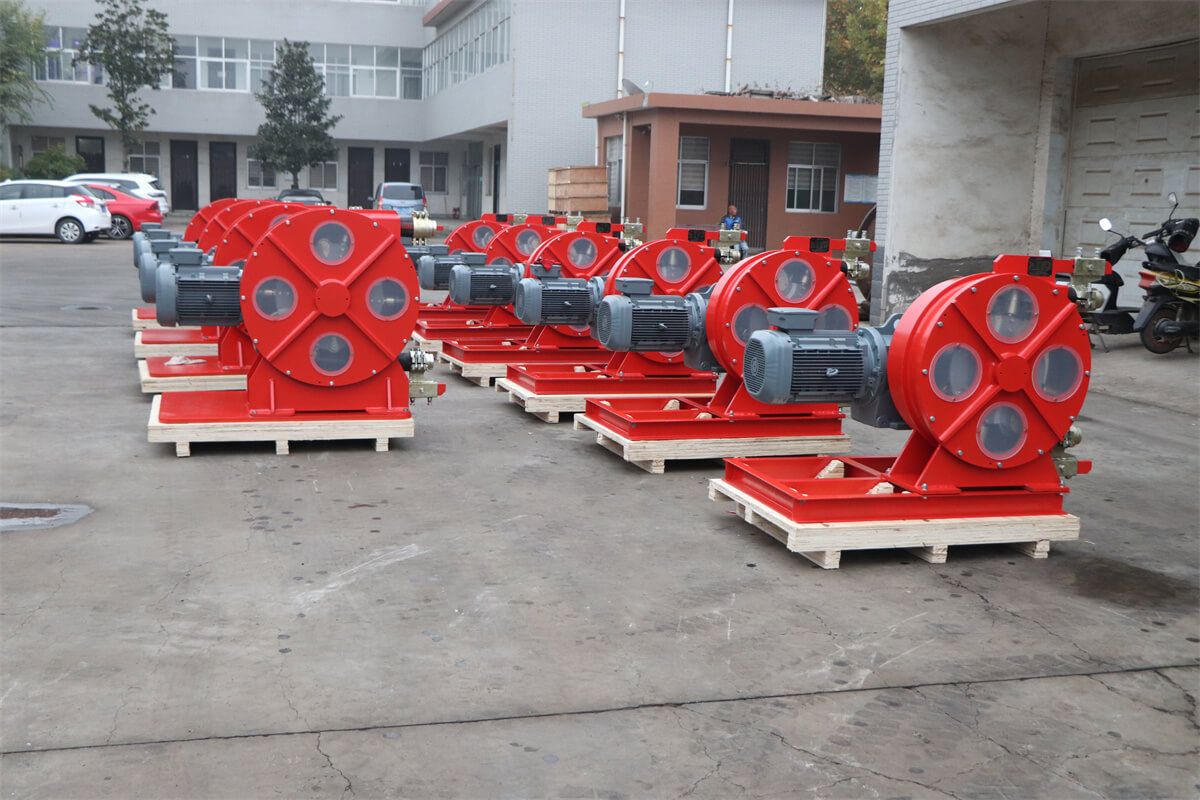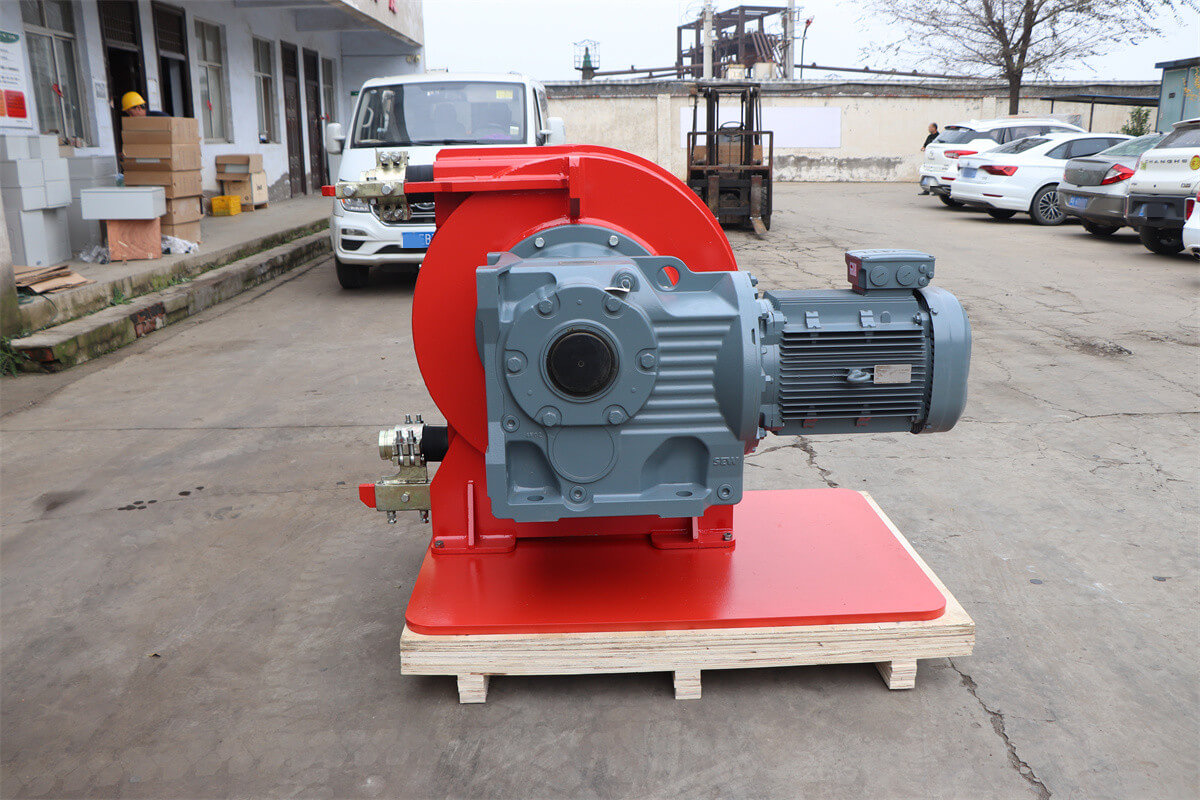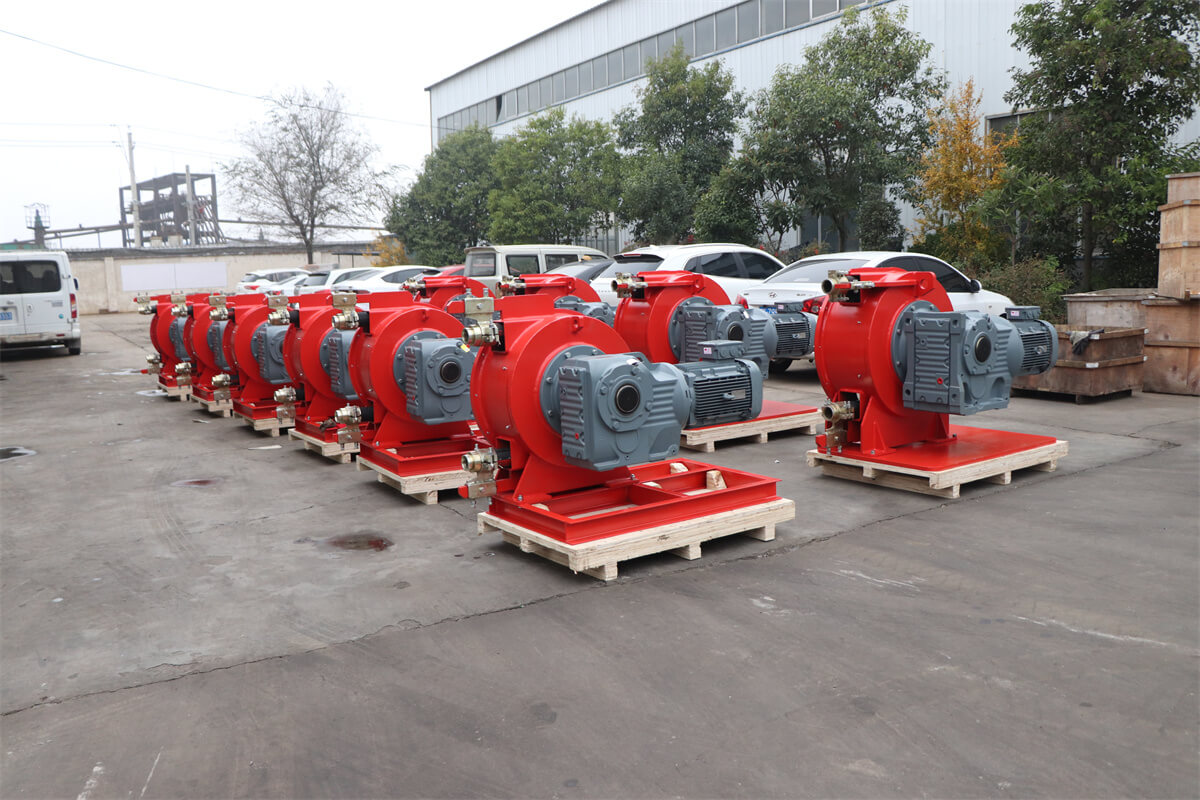Peristaltic pump for pumping sludge with fines and brine
Peristaltic (hose) pump is a highly suitable and commonly used solution for pumping sludge containing fines and brine, especially in harsh or corrosive environments. This technology offers reliability, low maintenance complexity, and excellent chemical/abrasion resistance—making it a top contender for this challenging application.
When selecting a peristaltic pump for pumping sludge with fines (small abrasive particles) and brine (saline solution), several key factors must be considered to ensure efficient operation, durability, and minimal maintenance. Below is a structured guide to help you choose or configure the right pump:
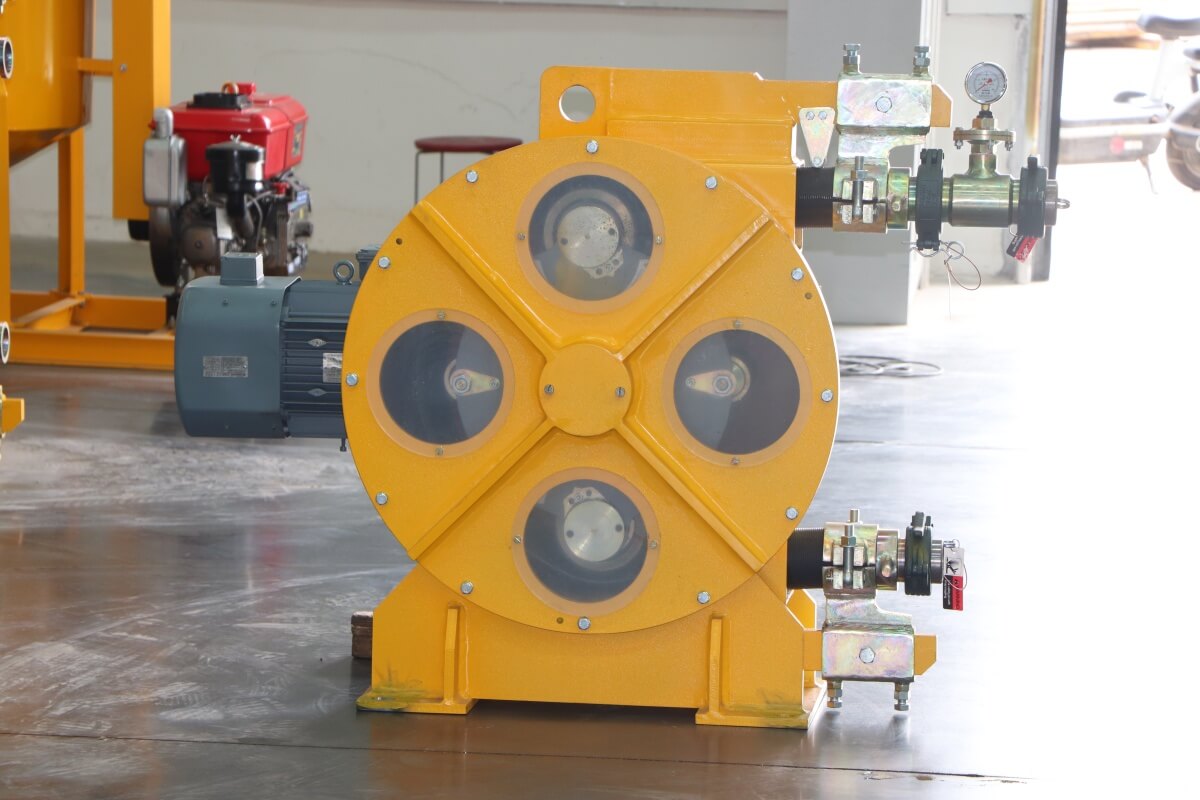
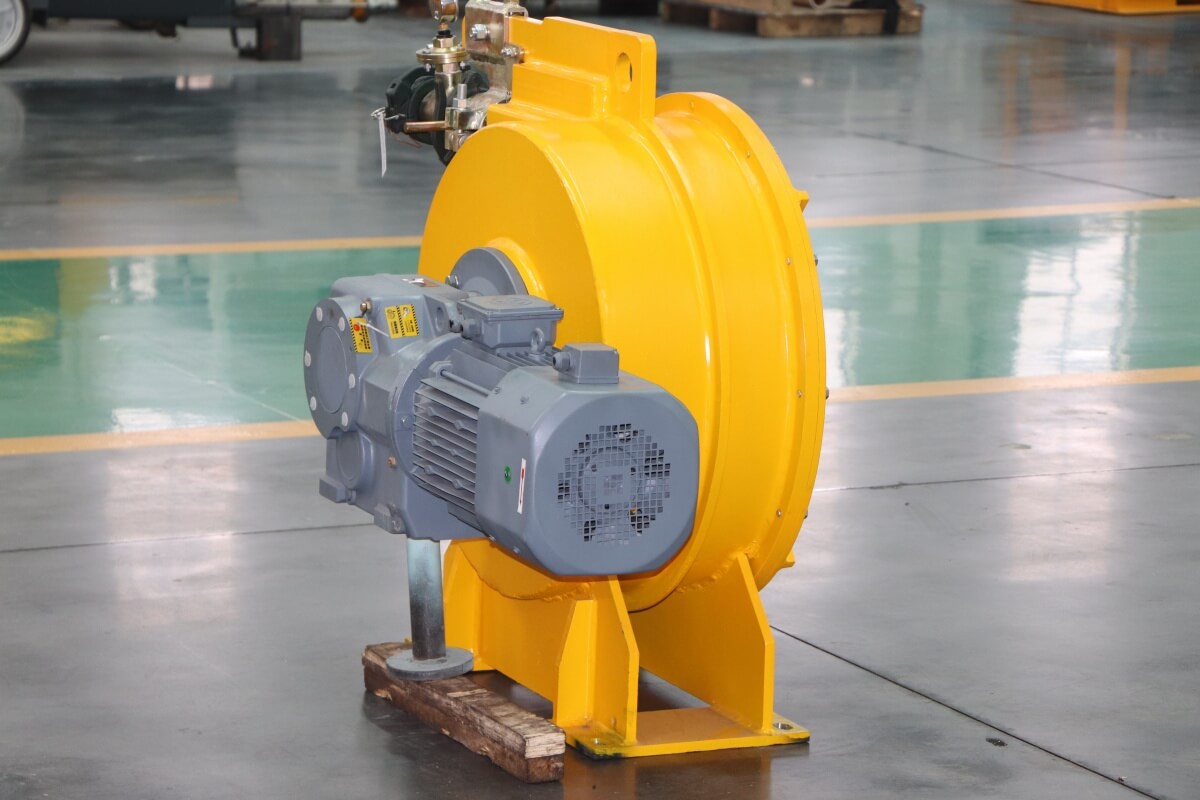
1. Tube Material: Critical for Abrasion & Corrosion Resistance
The tube is the heart of a peristaltic pump and must withstand both abrasive fines and corrosive brine.
Recommended Materials:
EPDM (Ethylene Propylene Diene Monomer): Excellent resistance to brine (saline environments) and good abrasion resistance for fine particles. Cost-effective for moderate abrasion.
Viton® (FKM): Superior chemical resistance (including concentrated brine) and moderate abrasion resistance. Ideal for aggressive brine or elevated temperatures.
Norprene®: Combines EPDM’s chemical resistance with a polypropylene lining for enhanced abrasion resistance. Suitable for sludge with sharp fines.
Silicone: Limited to mild brine (low salt concentrations) and low abrasion. Avoid for aggressive applications.
Tip: Thicker-walled tubes (e.g., 3–5 mm) reduce wear from fines. Regularly inspect and replace tubes to prevent leaks.
2. Pump Head Design: Minimizing Wear & Pulse
Roller Configuration:
Fewer Rollers (2–3): Reduces tube compression frequency, extending tube life for abrasive sludge. May increase flow pulsation.
More Rollers (4–6): Lowers pulsation but increases tube wear due to frequent compression. Prioritize if smooth flow is critical.
Bore Size: Match the tube’s inner diameter (ID) to the largest particle in the sludge (e.g., 10–20% larger than the maximum fine size to prevent clogging).
Housing Material: Stainless steel (316) or corrosion-resistant plastics (e.g., polypropylene) for brine compatibility.
3. Motor & Speed Control
Variable Speed Drive (VSD): Allows adjustment of flow rate (typically 0–200 RPM) to match sludge viscosity and particle load. Lower speeds reduce tube wear.
Torque: Ensure the motor has sufficient torque to compress the tube against the backpressure of the sludge (especially if thick or viscous).
4. Handling Particulates & Viscosity
Particle Size: Ensure the tube ID is ≥ 2x the largest fine size to avoid blockages. For example, 12 mm ID tube for 5 mm max particles.
Viscosity: Peristaltic pumps handle high viscosities (up to 10,000 cP) well, making them ideal for thick sludge. Brine (low viscosity) poses no issue.
5. Corrosion Protection for Wet Parts
Rollers/Bearings: Use stainless steel (316) or ceramic rollers with corrosion-resistant bearings (e.g., PTFE-coated) to prevent salt-induced seizure.
Seals/O-Rings: Viton or PTFE seals for brine compatibility.
6. Maintenance & Monitoring
Easy Tube Replacement: Quick-release pump heads simplify tube changes.
Tube Failure Detection: Optional sensors (e.g., pressure drop alerts) to prevent leaks.
Lubrication: Some pumps require periodic lubrication of rollers/bearings—opt for sealed, maintenance-free designs if possible.

